This intelligent plant can offer inspirational quotes.
Category: robotics/AI – Page 2,462
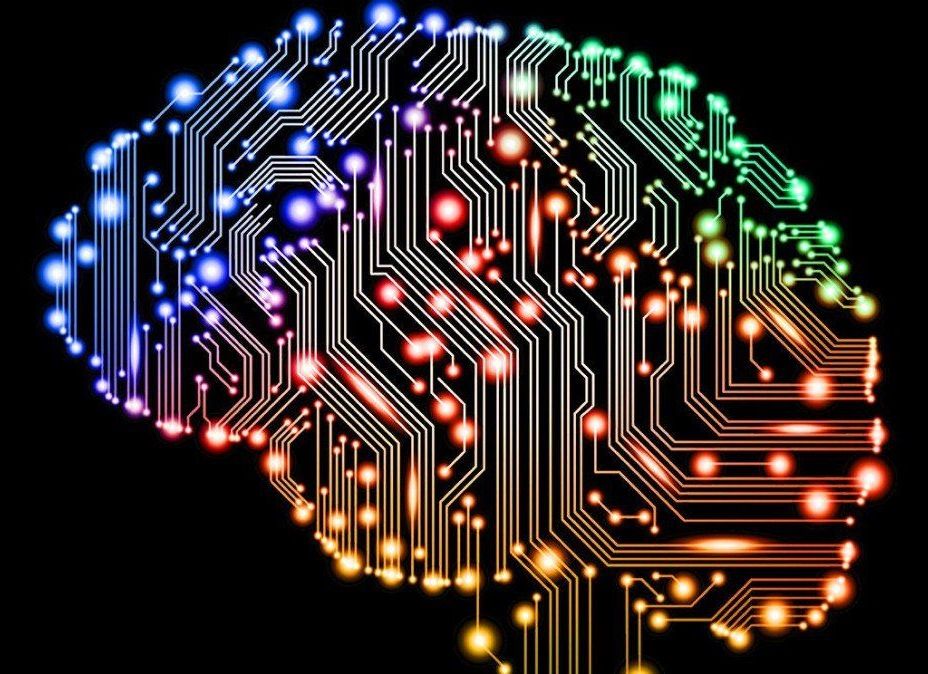

The real-world potential and limitations of artificial intelligence
Artificial intelligence has the potential to create trillions of dollars of value across the economy—if business leaders work to understand what AI can and cannot do.
In this episode of the McKinsey Podcast, McKinsey Global Institute partner Michael Chui and MGI chairman and director James Manyika speak with McKinsey Publishing’s David Schwartz about the cutting edge of artificial intelligence.
David Schwartz: Hello, and welcome to the McKinsey Podcast. I’m David Schwartz with McKinsey Publishing. Today, we’re going to be journeying to the frontiers of artificial intelligence. We’ll touch on what AI’s impact could be across multiple industries and functions. We’ll also explore limitations that, at least for now, stand in the way.
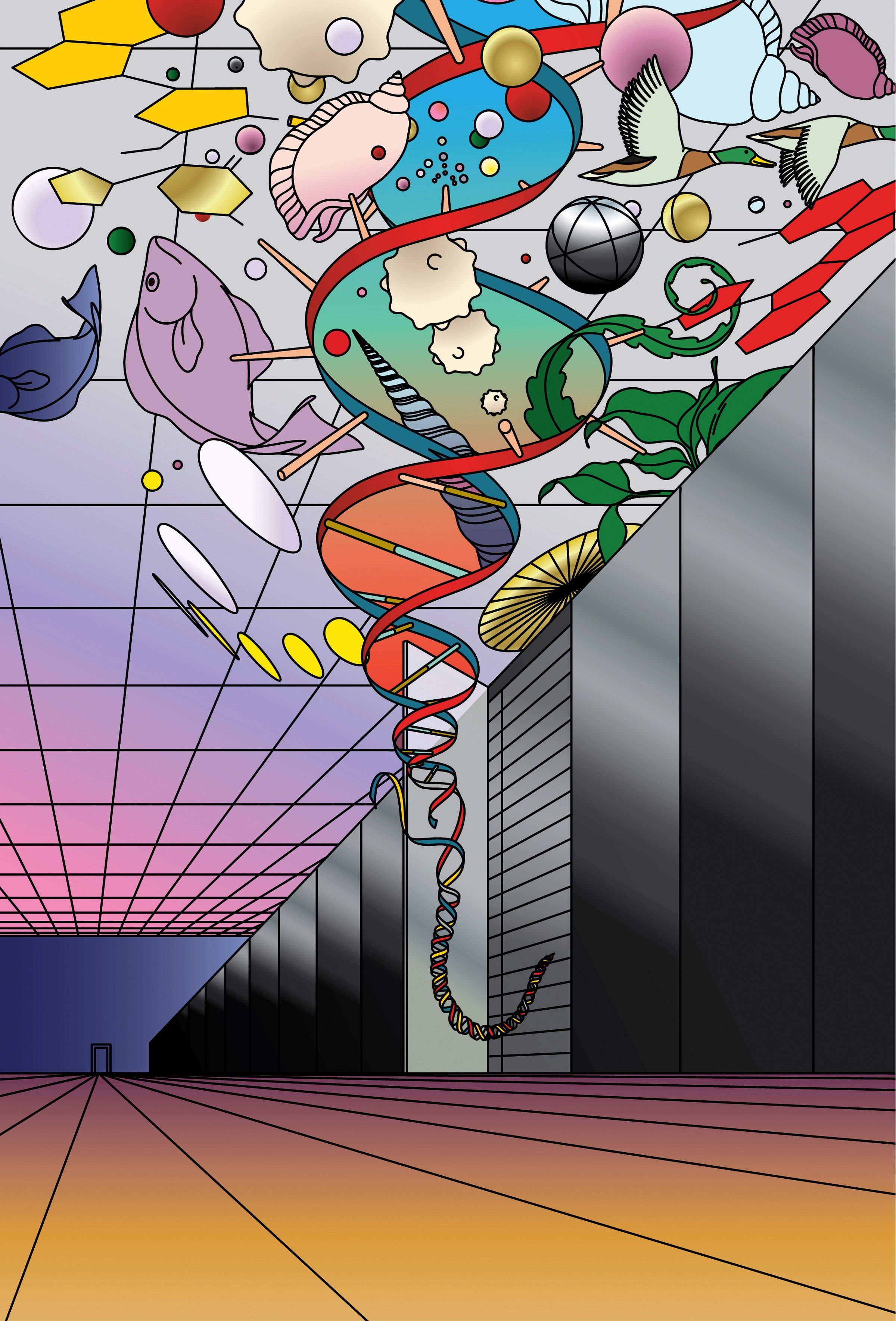
Biology Will Be the Next Great Computing Platform
https://www.wired.com/…/biology-will-be-the-next-great-comp…
In some ways, Synthego looks like any other Silicon Valley startup. Inside its beige business park facilities, a five-minute drive from Facebook HQ, rows of nondescript black server racks whir and blink and vent. But inside the metal shelving, the company isn’t pushing around ones and zeros to keep the internet running. It’s making molecules to rewrite the code of life.
Crispr, the powerful gene-editing tool, is revolutionizing the speed and scope with which scientists can modify the DNA of organisms, including human cells. So many people want to use it—from academic researchers to agtech companies to biopharma firms—that new companies are popping up to staunch the demand. Companies like Synthego, which is using a combination of software engineering and hardware automation to become the Amazon of genome engineering. And Inscripta, which wants to be the Apple. And Twist Bioscience, which could be the Intel.
All these analogies to the computing industry are more than just wordplay. Crispr is making biology more programmable than ever before. And the biotech execs staking their claims in Crispr’s backend systems have read their Silicon Valley history. They’re betting biology will be the next great computing platform, DNA will be the code that runs it, and Crispr will be the programming language.
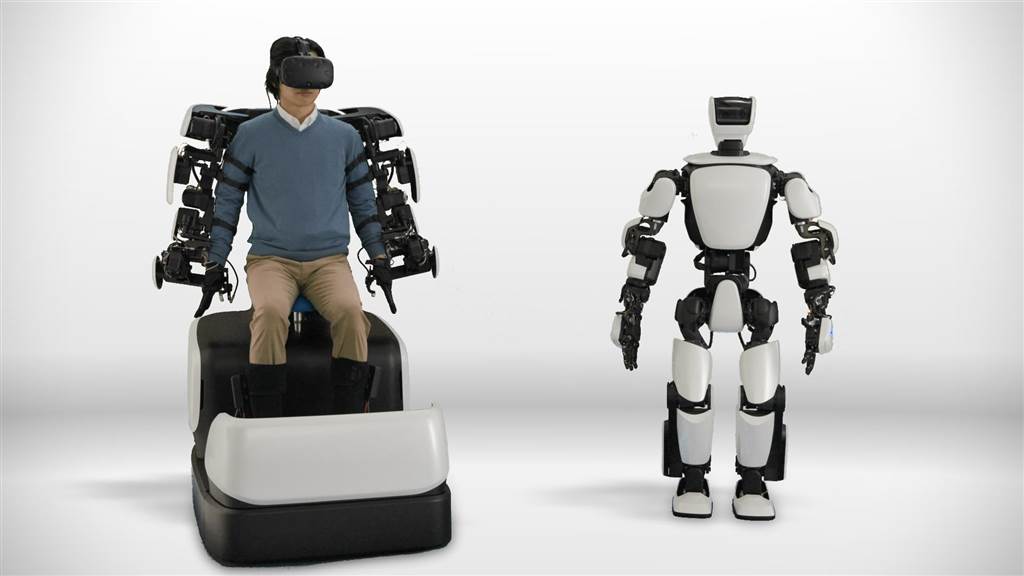
This humanoid robot can mimic human movement in real time
The breakthrough is in its mobile joints that accurately mimic human kinetics.
Toyota has been working on humanoid robots for a while. It recently unveiled the THR-3 that’s built to test specific joints and movements by putting together a full body that can be controlled by a human operator. The robot can mimic a variety of human movements in real time. Apr.23.2018
Transhumanists’ Posthuman Plan
https://paper.li/e-1437691924#/
Cyborgs, chimera, body modifications, genetic modification, AI & transhumanism Is there a posthuman future? Will it be the end of humanity? Steve Quayle & Tim Alberino join David Knight to survey the dark side of tech & the new NWO religion. More From The Author: Whites.
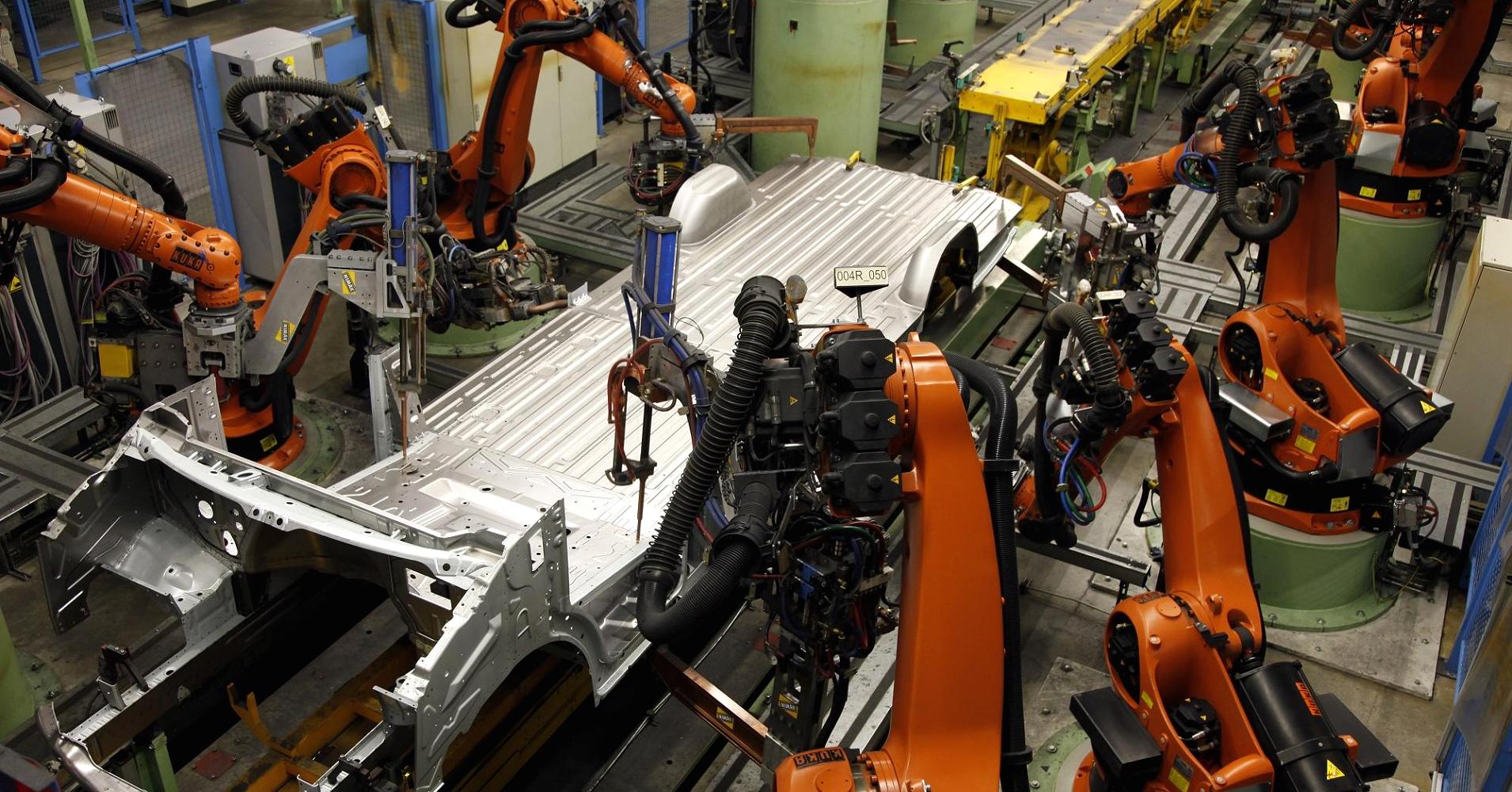
Japan, unlike the West, is not scared of robots stealing jobs, deputy leader says
Japan’s labor force do not mind robots in factories because they’re seen as a source of help, Japanese Deputy Prime Minister and Minister of Finance Taro Aso said in a panel discussion at the Asian Development Bank’s annual gathering in Manila.
Unlike many of their Western counterparts, Japanese workers aren’t afraid of robots stealing their jobs, a top-ranking official from the country said Friday.
NVIDIA’s AI photo filler
AI is putting Photoshop to shame with this deep learning image correction. (via Mashable)
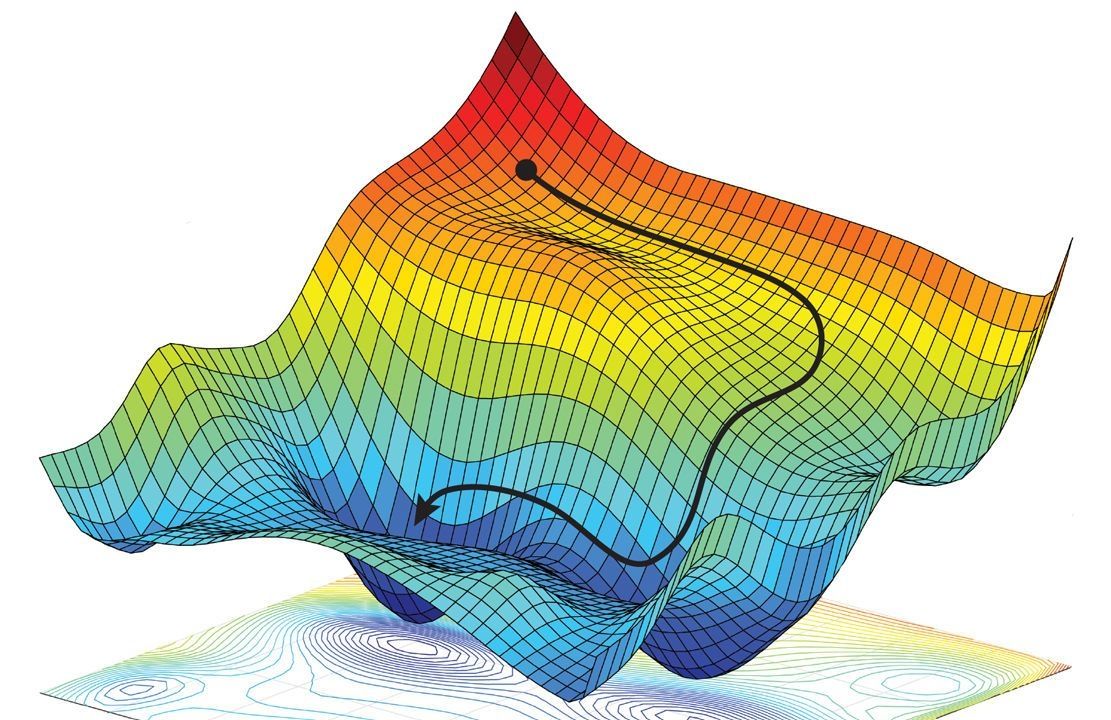

Universal basic income: U.S. support grows as Finland ends its trial
Pilots programs are underway in Canada and rural Kenya. India — with a population of more than 1.3 billion residents — is considering establishing a universal basic income as well. Finland’s trial with a universal basic income, in which payments were given to 2,000 unemployed people, will come to an end this year.
Longtime basic income advocates say we’re closer than ever to adopting the program, as fears of automation mount.